Principles of SAT
Tom developed a system of spinal mechanics based on Littlejohn’s mechanics by integrating the concept of pivotal segments and relationship to the curves of the spine. His diagnostic routine was based on three functional unities the so-called Triunity Routine. He developed a mobility testing system which enables the detection of key lesions in each unity.
The principle of SAT is taught to this day and is kept unchanged on the basis of the understanding and application of these early founders. The evidence of the efficacy of this technique is demonstrated daily by practitioners using these principles.
In broad terms, a SAT practitioner will assess spinal mechanics using the diagnostic triunity form and the Littlejohn mechanics viewed from the point of view of pivot-curve relationship. An assessment is made for determining the presence of a positional lesion after that other segments related to the presentation are detected, and after which the order of the specific mobilizations is decided. The manner in which the mobilizations are made is of crucial importance to the success of the treatment outcome and requires the osteopath to take into account subtle factors that need to be held in the practitioners awareness at the time of the mobilization. It is not so much about only one segment being released but, above all, how the release is being practiced. The best results are attained when it is clear to both practitioner and the body’s inner intelligence that the moment of the adjustment is of crucial importance.
The whole principle of SAT belongs to the minimal treatment model which, in other words, means that all treatment given to the body needs to be just enough to allow it to balance itself more effectively. It is a principle encapsulated in Still’s axiom ‘find it, fix it and leave it alone’. The key to the system is the approach to spinal mechanics and it relies on the understanding of the pivot-curve relationship.
SAT and the curves of the spine
In any anatomy text book you will find that the curves of the spine are based on where the cervical lordosis gives way to the thoracic kyphosis which yields into the lumbar lordosis and ends in the fixed curved sacrum. The anatomists agree that these curves are respectively form C2 to T2, from T2 to T12 and from T12 to L5, and then the sacrum. Based on the concept that a pivot is the changeover from a backward bending curve to a forward bending curve to a backward bending one and then the sacrum; it would be fair to assume that the pivots are T2, T12 and L5 (with a further pivot being probably between Atlas and Axis). If this was exactly the case, then there would be no further debate. However, Littlejohn proposed a different understanding of pivots. There is of course a drawback in applying static mechanics to a moving structure but even so, there is a very practical way of establishing how the curves of the spine function and how close the pivotal segments match the Littlejohn model.
Let’s begin by asking where the neck ends and the thoracic cage begins. Remember that the neck is fairly free to move and the thorax is relatively stabilized by the ribcage.
Well, even a child would say that the neck ends at C7 on T1. Now right as that is, it does not satisfy the mobility test since the real question we are asking is where exactly does neck mobility change into the lesser mobility of the thorax. The osteopaths know that the C7 vertebra is way less mobile than the C6. In fact, it belongs to the thoracic vertebral column since it is a transitional vertebra and thus not meant to move as the lower cervicals do. Therefore, we could agree that neck mobility ends at the C6/C7 articulation. Littlejohn suggests C5 as the pivot between upper neck function and everything below. He has his reasons based on facet angles and the inferring change of function. From the SAT point of view, long practice shows us that, sometimes it is C5 and other times C6 that act as the pivotal change of function.




